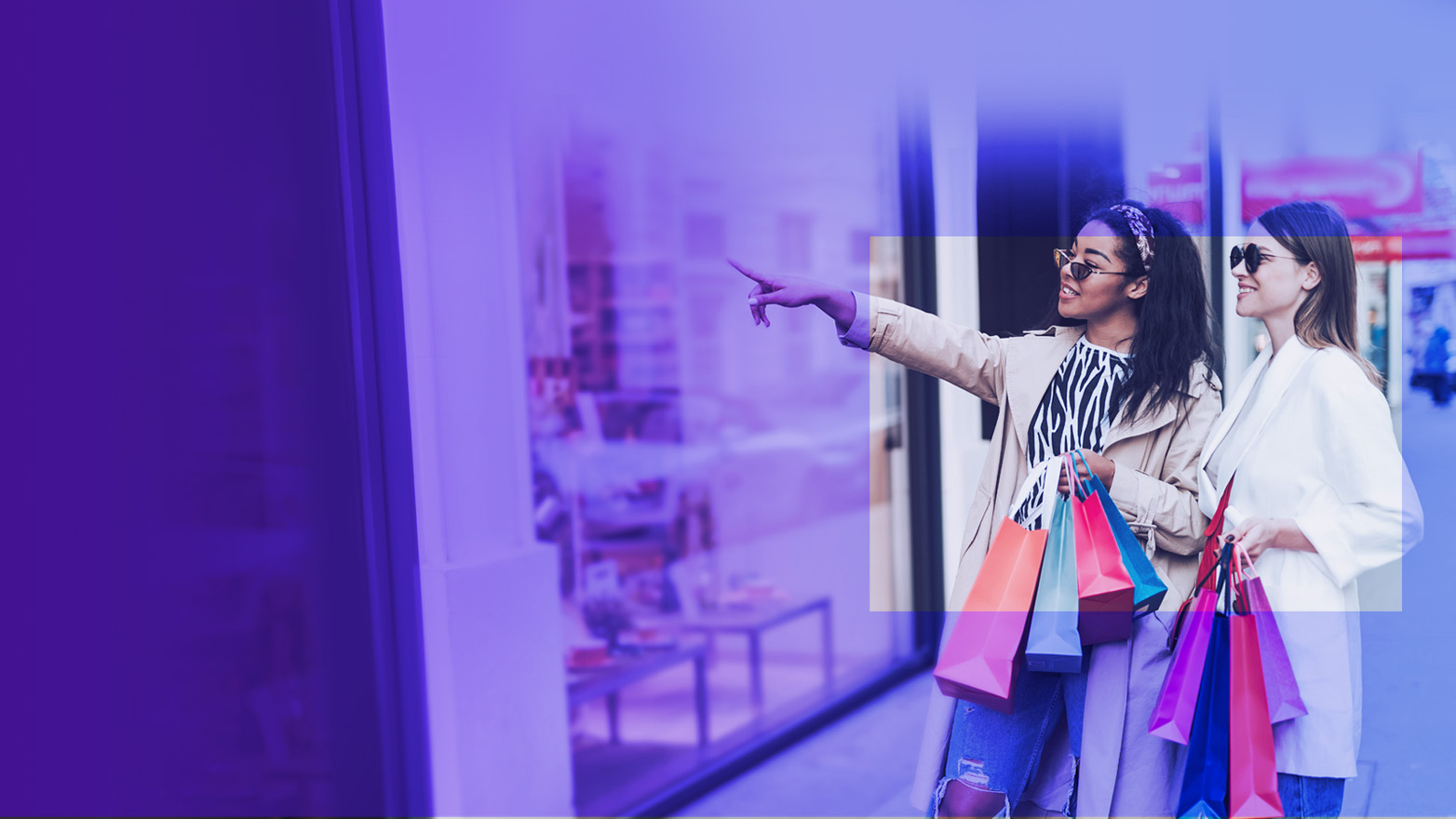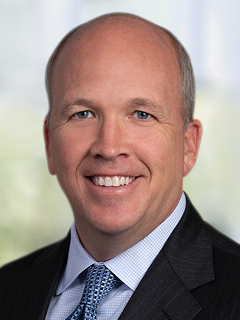Footnotes
2 Slide 10
3 Slide 39
4 Slide 26
5 Slide 13
6 Slide 31
7 Slide 26
8 Slide 31
9 Slide 39
10 Slide 43
11 Slide 45
12 Slide 57
13 Slide 63
14 Slide 64
15 Slide 2
Focused on mall visits and spend, online and in-store grocery spend, and environmental and social responsibility

In February 2023, KPMG polled more than 1,000 consumers across the United States to learn about their expected spending habits for the year as well as shifts in buying behaviors across categories and channels.1 We also set out to learn more about consumer behavior around the importance of environmental sustainability and social responsibility as criteria in their product choices.
Responses show that U.S. consumers continue to grapple with rising food and housing costs, which are impacting much of their discretionary spending habits, with travel and vacations being the sole notable exception. Nearly four out of five consumers report that their household income increased or stayed the same in 2022 versus 2021.2 Shopping trips to the mall are likely to decline modestly in 2023,3 and online grocery shopping is likely to decline for more than a third of consumers.4

Inflation continues to take a toll.
Consumers shift from wants to needs Consumer expectation on spend
Mall trips are likely to decline modestly.
Average number of trips to the mall
In-store grocery shopping is back.
Expected grocery spend 2023 compared to 2022
Environmental sustainability and social responsibility are rising forces.
Environmental sustainability is important to purchase decisions
Consumers share their changed behavior
Download PDFConsumer pulse survey 2023 infographic
Download PDFConsumer pulse March 2023 report
Download PDFExplore more
Popular category topics



